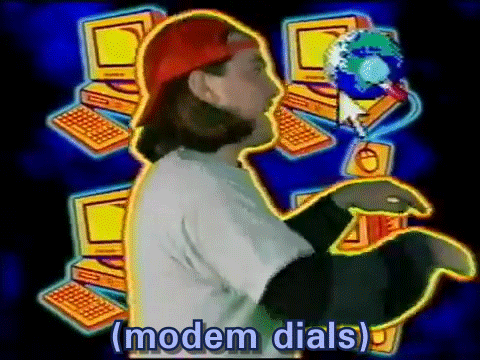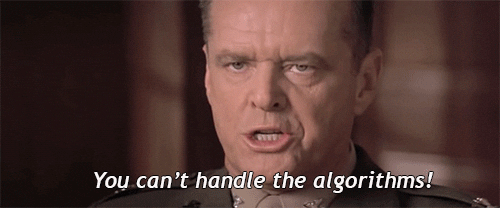Although some credit can be given to your procrastination skills (well done on those, by the way), some credit should also go to “The Algorithm”.
Social media sites aim to keep us online. Like a clingy ex, they’re doing anything they can to keep your attention without you knowing they’re doing it. Websites and apps are just using your feed instead of persistent text messages.

Software engineer Adam Parsons says any website that has a news feed or list of posts will have an algorithm.
“Any successful website that presents you either products, purchases, news or social media – they all have their own ones … it’s the trade secret of those companies,” he says.
Adam says user research has pointed to longer retention with an algorithm rather than letting posts come up chronologically, so there’s no sign of this changing any time soon.
But what actually is it?
“At the end of the day, the algorithm is just a set of rankings,” he says.
It takes input, like selfies, memes, videos and ads, and puts it all through a set of rules. What comes out the other side is the same posts, but in a new and improved order.

This serves two purposes – to make sure you see some ads and to recommend content the website thinks you would like.
Recommendations are generally made based on the activity of other viewers. The algorithm guesses what you’d like by looking at what other people watched. So, if you watch the same video as someone else, you’ll be recommended something they liked. The idea is that if you keep seeing things you enjoy, you’ll stay on the app longer.
It’s not particularly hard to make an algorithm. Adam says you can’t pass the first week of computer science without knowing how to write one. It’s basically a string of instructions in the programming language.
But, Adam says, we’re not totally sure what those instructions are. Everything we know about these algorithms as an outsider comes from people digging around the internet. It’s a bit of science and trial and error, testing the algorithm as a user and observing what happens on the other side.

When it comes to social media, algorithms are under tight security, because they’re the secret to keeping your eyes on a screen, which also means keeping them on ads.
Hiding the advertising
No one really wants to see advertising, so it’s got to be hidden between regular content – like when you have to give your pet medicine so you hide it in ham.
You just want to see memes or posts from your friends, but the site wants to show you ads so that they get paid.
Different sites use the same ad networks, which is why an ad follows you between social media sites. They can track how long you spent looking at an ad and make sure you see it again when you swap apps. This process plus an algorithm that keeps you scrolling makes you a captive audience who will likely become a consumer.
If you suddenly feel very ~attacked~ by the internet, Adam says that’s fair enough.
“Your goals aren’t aligned with the goals of the network running it,” says Adam.









